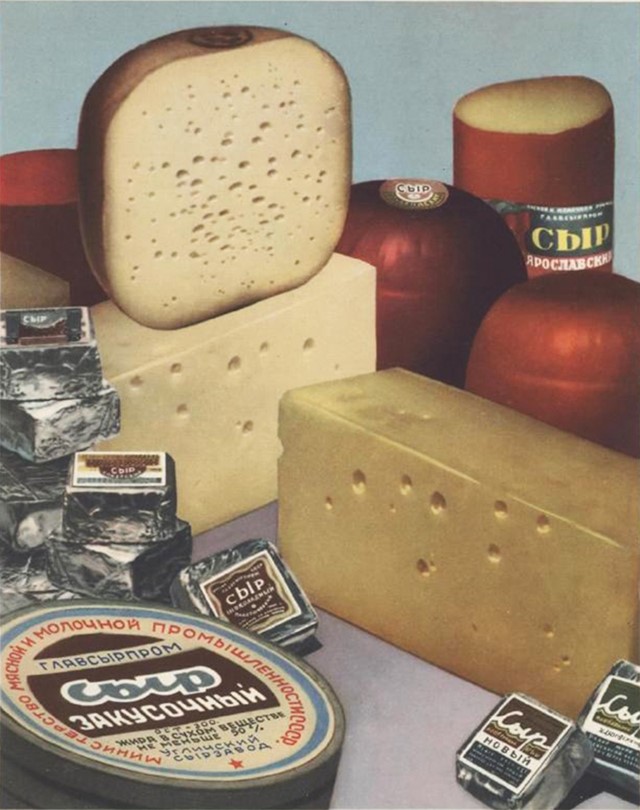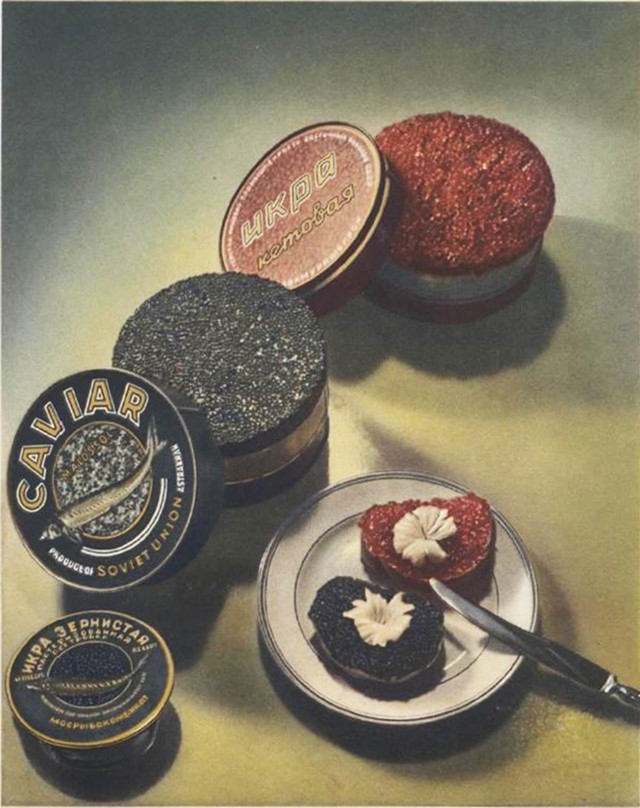The British Library’s current exhibition, Propaganda: Power and Persuasion, is a fascinating exploration of international state propaganda and its methods, motives and media
Who? Now entering its final month, the British Library’s current exhibition, Propaganda: Power and Persuasion, is a fascinating exploration of international state propaganda and its methods, motives and media.
What? The exhibition is far-reaching in its scope, spanning a 290BC bronze coin depicting Alexander the Great in the guise of the infallible Hercules, through hundreds of Tweets documenting reactions to the London Olympics opening ceremony. The type and tone of the offerings on display are equally varied from the predictable to the unusual and the sinister to the uplifting. There’s Uncle Sam pointing a keen and familiar finger, accompanied by the slogan “I Want You For The US Army’, as well as a full-length portrait of the famously self-aggrandising “Emperor” Napoleon, replete with a laurel leaf crown and gold embellishments, painted at a time when his power and popularity were failing. The Nazi propaganda is unsurprisingly some of the most chilling – this includes a vile film advising viewers how to identify a Jew; while a section on public health campaigns features actor John Hurt’s harrowing, and now iconic, AIDS TV campaign, which has been recognised as one of the most successful initiatives of its kind.
Some of the most beautiful pieces in the exhibition are also the ones with the most intriguing backstories. There is an extraordinary 1952 edition of a Russian cookery book, The Book of Tasty and Healthy Food, compiled by scientists from the Institute of Nutrition of the Academy of Medical Scientists of the USSR, and filled with enticing illustrations of luxurious foods, from caviar and champagne to fine cheeses. The purpose of this book, which sold by the million, was to demonstrate the quality of food that could (in an ideal world) be enjoyed under communist rule, creating a cruelly calculated illusion of prosperity at a time when most of the country was starving and privy to rationing restrictions.

Why? In its extensive nature, the exhibition calls into question the ways in which the word "propaganda" has been and continues to be interpreted, as well as the different forms that it can take. Co-curator Jude England explains: “We want visitors to consider the role of propaganda in their own lives today, as well as look at the state’s use of propaganda throughout history. That’s why, as well as displaying iconic pieces of propaganda from the Library’s collections, such as posters from both World Wars, the Cold War and Vietnam, we’ll also be focusing on more surprising examples, such as the 2012 Olympics and even Twitter – things you wouldn’t necessarily associate with a word like ‘propaganda’”.
Propaganda: Power and Persuasion runs until September 17 at The British Library.
